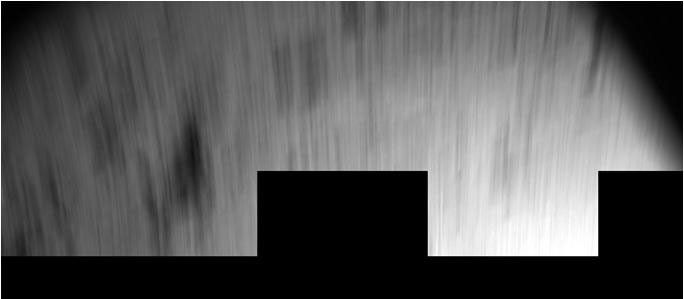Description
The Philae lander of the European Space Agency's Rosetta mission captured this view during its first bounce after hitting the surface of comet 67P/Churyumov-Gerasimenko on Nov. 12, 2014, with blurring as a result of the lander's own motion. The lander was descending at about 2 mph (3.2 kilometers per hour) when it first touched the surface, and its first bounce lasted almost two hours and carried it about six-tenths of a mile (1 kilometer) both aloft and downrange. The image from the lander's CIVA camera is the first view from Philae after its initial touchdown.
Rosetta is a European Space Agency mission with contributions from its member states and NASA. Rosetta's Philae lander is provided by a consortium led by the German Aerospace Center, Cologne; Max Planck Institute for Solar System Research, Gottingen; French National Space Agency, Paris; and the Italian Space Agency, Rome. NASA's Jet Propulsion Laboratory, a division of the California Institute of Technology, Pasadena, manages the U.S. participation in the Rosetta mission for NASA's Science Mission Directorate in Washington.
For more information on the U.S. instruments aboard Rosetta, visit http://rosetta.jpl.nasa.gov.
More information about Rosetta is available at http://www.esa.int/rosetta.
For publicly released image use, see ESA's Copyright Notice Images.
































